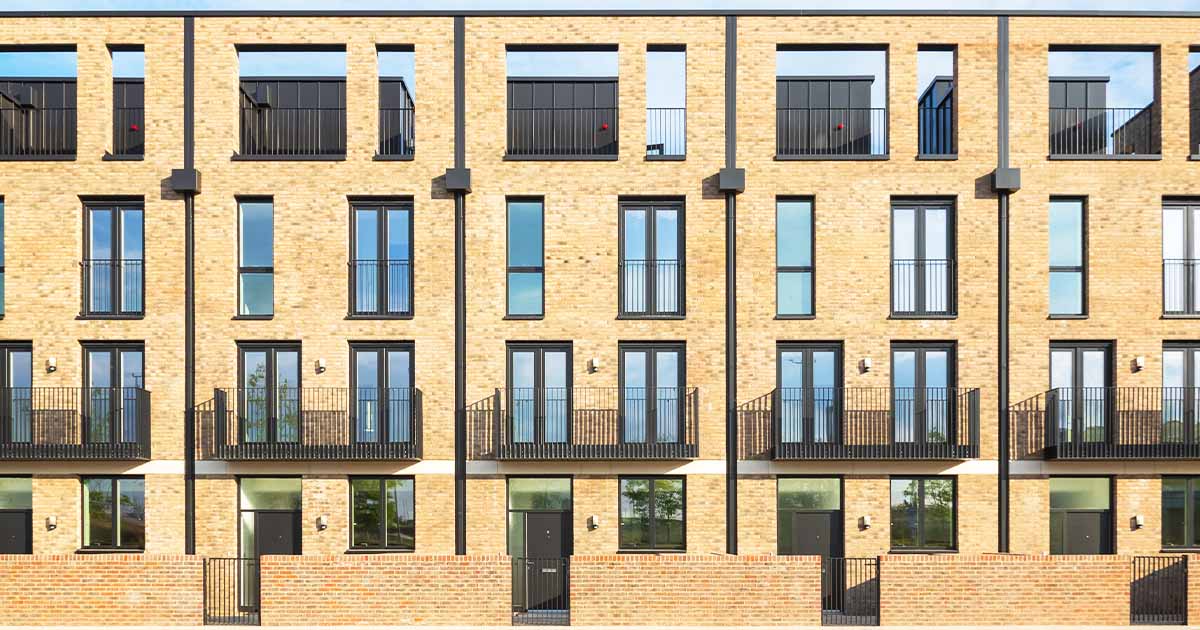Landlords lose legal challenge to Leasehold Reform Act

Landlord’s lose legal challenge to Leasehold Reform Act
The High Court has dismissed landlords’ A1P1 challenge to key valuation provisions in the Leasehold and Freehold Reform Act 2024 (LAFRA).
Download our PDF factsheetWhat was challenged?
Landlords challenged four core provisions of LAFRA as incompatible with their A1P1 rights:
- Ground Rent Cap: Limits rent input in term calculation in valuation to 0.1% of Freehold Vacant Possession (FHVP)
- Marriage Value Reform: The removal of marriage and hope value from the valuation
- Cost Recovery Reform: Removes landlord’s right to recover statutory non-litigation costs
- Exceptions: Whether certain categories of landlord/tenant should have been excluded from LAFRA
The impact of these reforms were considered individually and collectively, alongside broader reforms widening enfranchisement eligibility (e.g. removal of two-year ownership rule, 50% non-commercial threshold, requirement for landlords to take leasebacks of non-participating flats in a collective).
Who were the landlord claimants?
The claim was brought by six landlords: (1) the ARC group companies; (2) the Cadogan and Grosvenor Estate; (3) Abacus; (4) the Wallace Partnership Group; (5) John Lyon’s Charity; and (6) Portal Trust.
Legal Framework
A1P1 refers to Article 1 of the First Protocol of the European Convention on Human Rights (ECHR), which is incorporated into UK law by the Human Rights Act 1998. It protects the peaceful enjoyment of property by both natural and legal persons.
Under A1P1, property rights are protected but qualified. Interference is lawful if:
- Objective: The objective of the measure is sufficiently important to justify the interference
- Rationality: The measure is rationally connected to the interference
- Less intrusive measure: Whether a less intrusive measure could have been used without unacceptably compromising the objective
- Fair balance: Whether the impact of the rights infringement is disproportionate to the likely benefit of the impugned measure
Courts afford Parliament a wide margin of appreciation, especially in socio-economic policy such as housing.
Legitimate objective and rationally connected
LAFRA’s objective is to address “the inherent unfairness and imbalance in the nature of leasehold ownership”, and particularly the “wasting lease” problem that applies to all leaseholders. Leaseholders pay near-FHVP premiums to buy their lease, but are compelled to enfranchise as the term expires to preserve value and mortgageability.
While the existing enfranchisement legislation provided leaseholders with a legal route to address these issues, the payments that leaseholders are required to make to the landlord included elements which the Government concluded were unjustified (marriage value and the obligation to pay statutory costs) and others which were unfair (ground rent above 0.1% of FHVP).
The High Court found that this was a legitimate objective for the purposes of A1P1 and that the Ground Rent Cap, Marriage Value Reform and Cost Recovery Reform were all rationally connected with that objective.
Ground Rent Cap
The Ground Rent Cap was held to be proportionate. Parliament had evidence that ground rents above 0.1% FHVP impaired saleability and mortgageability. The cap removed only onerous rents and remained linked to FHVP, ensuring that price paid to landlords remained fair compensation.
Marriage Value Reform
The Marriage Value Reform was held to be proportionate. Marriage value was found to arise because leaseholders were compelled to become special purchasers as they needed to enfranchise due to the wasting nature of leases. Marriage value could not be realised in a third-party sale or if the lease ran its full course. Removing it was logical and proportionate. The landlord still receives market-related value (term and reversion), excluding marriage and hope value. Less intrusive alternatives (e.g. limiting the reform to leases already below 80 years) were considered inadequate to deal with the problem.
Cost Recovery Reform
The High Court held that the Cost Recovery Reform was proportionate. The Court found that enfranchisement differs from typical compulsory purchase (where it is common for the purchaser to pay the sellers costs). Enfranchisement is in a meaningful sense involuntary for both parties; landlords must sell under the legislation, and tenants must enfranchise due to the wasting asset problem. Requiring each party to bear their own costs mirrors open market transactions and does not deprive landlords of market-related compensation.
Cumulative Effect
The Court rejected the argument that the combined effect of reforms rendered LAFRA incompatible. The measures were A1P1 compliant individually and collectively, and removing barriers to enfranchisement did not undermine compatibility.
Exceptions
Challenges by John Lyon’s Charity (seeking a charity exemption) and Portal Trust (seeking exclusion of investment leases) were dismissed. The Court found that the inherent unfairness in the leasehold system which LAFRA was seeking to address applied to all leaseholders, and the Parliament was not required to differentiate between landlord types.
Next steps
The Government may now proceed with secondary legislation to “switch on” LAFRA. A consultation on deferment and capitalisation rates is expected. This will be controversial, as landlords have long argued for a lower deferment rate, and even a small change will significantly impact the savings to leaseholders. Landlords are likely to seek appeal, but the judgment is comprehensive and well-reasoned, so permission is not guaranteed.
Leaseholders will welcome the decision, as perhaps will some landlords, who will hope that it will give the certainty required to reinvigorate the enfranchisement market.































